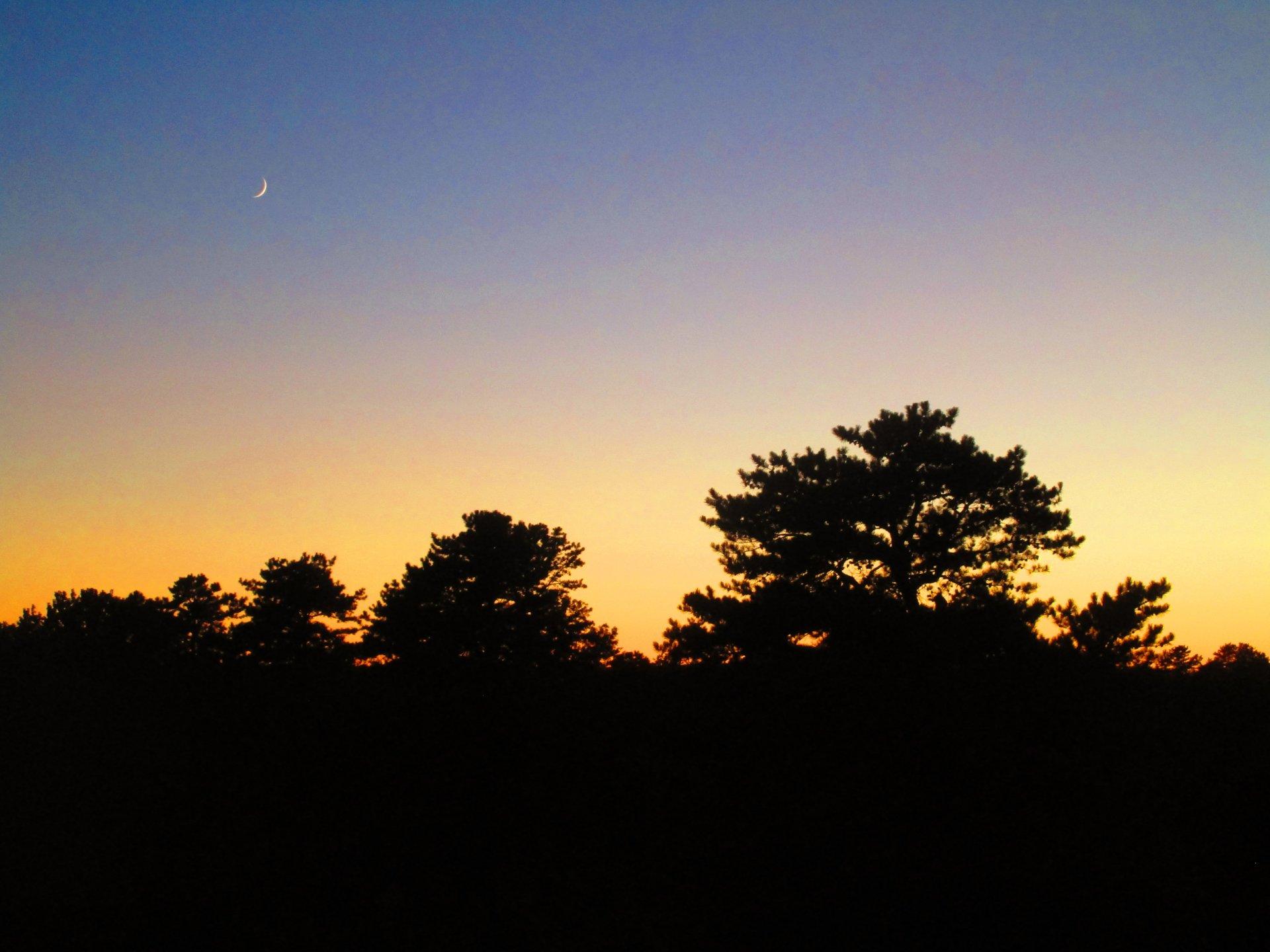by Rezsin Adams
ALBANY: According to Daniel Bogan, who spoke at the Save the Pine Bush dinner on November 10, the challenge today to wildlife is urban sprawl, which results in habitat loss and increased interaction between animals and humans.
New York State was originally covered with forests but in the 1800’s the forests were cut down. Although regeneration has occurred, wolves and mountain lions were a threat to farming and were driven out of the state. Coyotes exploited this vacancy. They did not come from the south, they came from Canada, circling the northern shores of the Great Lakes and into New York State by 1900.
Coyotes are canines along with wolves and dogs. In the early years, coyotes could not always find mates and mated with dogs. By 1970 coyotes spread all over New York State. Eastern coyotes are bigger than western coyotes and go after large game, even deer. Rural landscapes are good in some ways but hunting is a threat and roads present problems for coyotes. Coyotes do pretty well in suburbia.
Coyotes were studied in the Pine Bush and in a suburban area in Latham and Loudonville from April 1, 2001 to December 18, 2003. Twenty-one coyotes were trapped and fitted with radio transmitters. One died and one disappeared. Nineteen coyotes were tracked at 1781 locations. Coyotes are inactive during the day but run around a lot at night. Coyotes avoid residential areas preferring agricultural and rural areas where they can find rabbits, mice and even deer.
What kills coyotes? Cars, hunters, animals, poison and some coyotes just disappeared from the study area. Over the many years the population of coyotes is pretty stable. The landscape can only support a certain number of animals. Females have litters of about six pups once a year but only about 20% survive to adulthood. All ages live together. The coyotes were rarely seen.
What happened to the 21 coyotes trapped and tagged? Seven were run over crossing over highways not local roads, six were shot, one was poisoned probably with rat poison, one was trapped, one died of disease, two disappeared and three are still alive.
Coyotes do not pose much of a threat within residential areas. They prefer forested lands. They select natural foods. Canines raise their young in groups. And yet their survival rates are low. Coyotes have been hit on Route 155, I-87, I-90, and on Central Avenue. They live in small home areas in the Pine Bush.
They have been very interesting animals to study.
